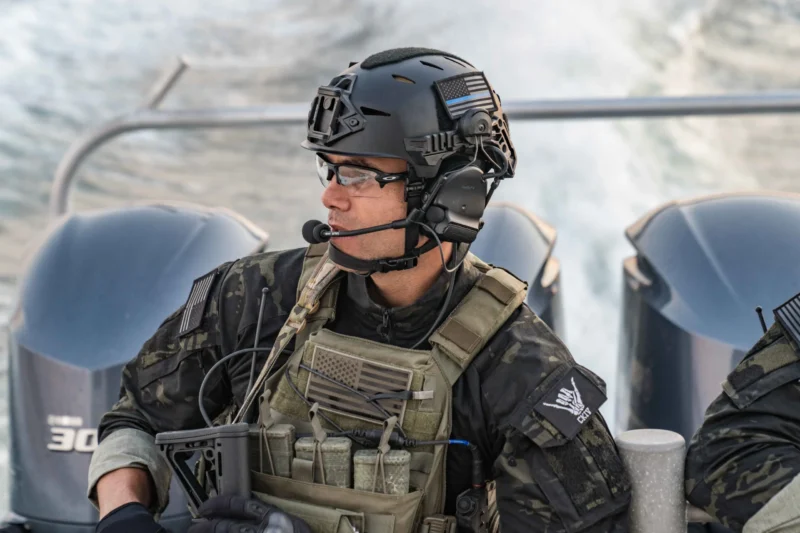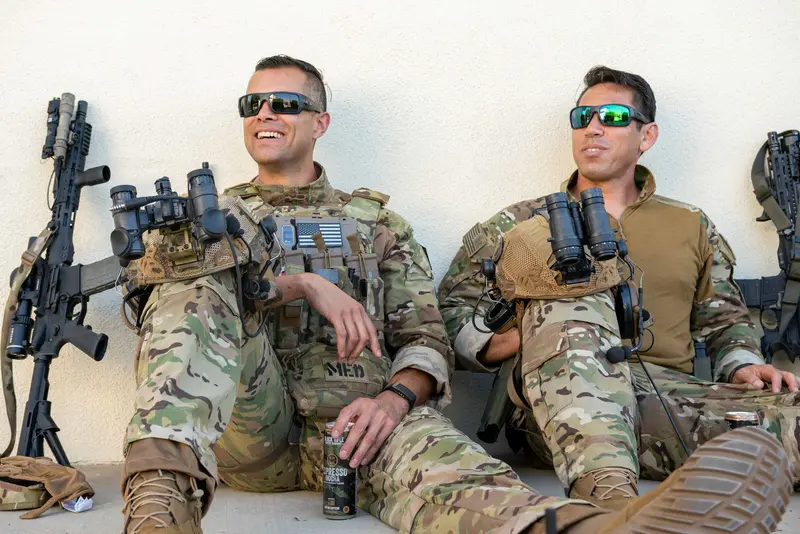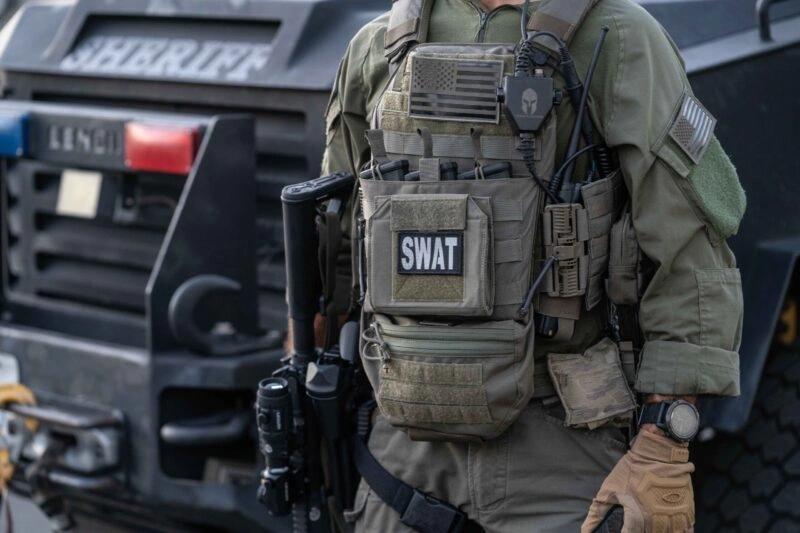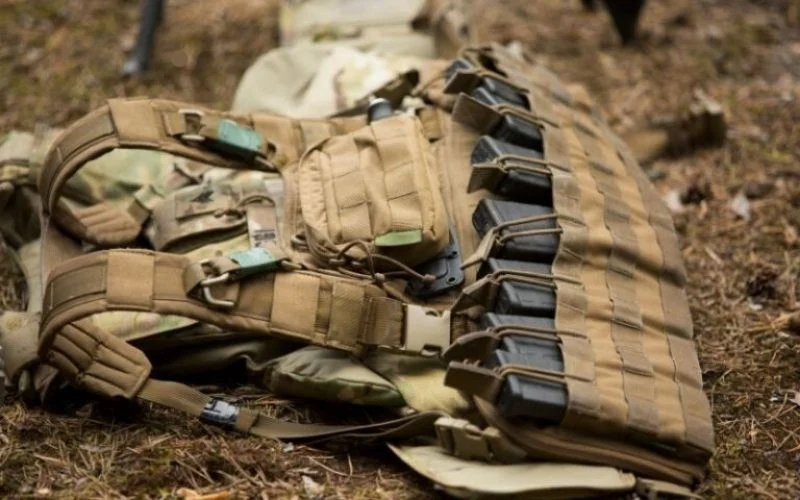Difference Between Tactical Vest and Plate Carrier

In recent years, tactical gear has seen a surge in popularity, not just among military and law enforcement personnel, but also among survivalists, hunters, airsoft and paintball players, and even preppers. Although they appear similar and both protect the wearer, they have significant differences that impact their use in real-world operations, training, and law enforcement. This blog post will help you determine which option is best suited to your needs.
What Is a Tactical Vest?

A tactical vest is a piece of equipment worn over the torso that is designed to carry gear, supplies, and tools essential for specific missions or activities. Typically made from high-durability materials such as nylon or polyester, tactical vests are renowned for their versatility and modularity.
These vests come with a variety of pouches, holsters, and compartments for carrying:
- Magazines
- Radios
- Flashlights
- Utility pouches
- Medical supplies
- Personal items
Tactical vests are often used by:
- Police units during patrols
- Airsoft and paintball players
- Search and rescue teams
- Military in training or non-combat roles
Since they do not carry armor plates, they are light and comfortable. It makes them good for long periods of wear.
What Is a Plate Carrier?

A plate carrier is a vest designed to carry body armor plates. The plates are typically made of hard plastic, steel, or ceramic. They are intended to slow down or block bullets or shrapnel. Plate carriers weigh more than tactical vests due to the extra weight of the plates they carry.
Unlike a normal tactical vest, the primary purpose of a plate carrier is to provide protection. These are used in high-threat areas when set-up for different environment where bullets or explosions are expected.
Plate carriers are commonly used by:
- Frontline soldiers
- Special forces
- SWAT teams
- Security guards in hostile areas
They usually have adjustable straps, padded shoulders, and MOLLE (Modular Lightweight Load-carrying Equipment) systems. It makes them customizable while still offering solid protection.
What are the Key Differences Between Tactical Vests and Plate Carriers?
Although the two may look alike, the primary point of difference is what they protect against. A tactical vest helps carry equipment but doesn’t protect against bullets. A plate carrier does both—it carries equipment and has armor protection. It’s essential to know the difference between these two gears. Below, we provide a clear overview of these differences.
1. Purpose and Main Function
The tactical vest is made for carrying tools and supplies. It is about access and ease. It is not made to stop bullets. It supports people who need to move quickly, stay agile, and carry multiple small items.
The plate carrier, on the other hand, is built for protection. It holds body armor plates to shield the chest and back from gunfire or blasts. While it can carry tools, its main goal is to keep the wearer alive in deadly situations.
2. Weight and Comfort

A tactical vest is much lighter than a plate carrier. Without heavy armor plates, the tactical vest is more comfortable to wear for extended periods of time. It puts less pressure on the shoulders and back. It allows fast movement and better flexibility.
The plate carrier is heavier because of the armor it carries. Even without plates, it weighs more due to thicker padding and a stronger build. Once plates are added, the weight goes up sharply. It can cause fatigue if worn for an extended period.
3. Level of Protection

Tactical Vest: Offers little to no protection unless specially made with Kevlar lining (and even then, not always rated for ballistic protection). It may offer some resistance to slashes or abrasions, but it’s not meant for high-threat environments.
Plate Carrier: Offers ballistic protection. Depending on the type of plates used (Level III, III+, IV, etc.), they can stop rifle rounds and shrapnel. Soft armor inserts may stop only pistol rounds.
4. Modularity and Gear Carrying
Both vests include pouches or attachments for storing tools. Tactical vests, however, tend to have built-in pouches. These are not removable but are fixed. You receive what the vest offers.
Plate carriers usually employ MOLLE systems. It implies the ability to attach and relocate pouches as needed. You can insert a pouch, remove one, or switch locations, thereby making plate carriers more adaptable in the field.
5. Usage in Real-Life Scenarios
Tactical vests are ideal for non-combat environments. Police officers can use them on patrol. Rescue teams use them in operations. Civilians use them when playing airsoft, going on hikes, or doing prepping. They are ideal where protection is not a high concern, but carrying equipment is. Plate carriers are used in high-risk areas or life-or-death situations. Soldiers in battle wear them. SWAT teams use them during raids. In such cases, safety from bullets takes precedence over comfort.
6. Cost and Accessibility
Because they don’t include armor, tactical vests are generally less expensive. You can get a decent vest at a low cost.
Plate carriers are more costly. High-quality armor plates are expensive. Some military-grade plate carriers can cost hundreds of dollars. But with higher cost comes higher protection.
Which One Should I Choose: Tactical Vest Or Plate Carrier?
If your primary need is to carry tools in a secure area, opt for a tactical vest. It’s lightweight, more affordable, and gets the job done.
If you’re entering a potentially hazardous situation where bullets might be fired, you need a plate carrier. It may be heavier, but your life is worth the extra weight.
Always match your gear to your mission. Never wear a tactical vest thinking it will protect you from bullets—it won’t. And don’t wear a plate carrier for light duty—you’ll get tired fast for no good reason.
Final Thoughts
The difference between a tactical vest and a plate carrier comes down to one word—protection. Tactical vests are for carrying gear. Plate carriers are for staying alive. Understanding the difference enables you to select the appropriate gear for your specific purpose.
Frequently Asked Questions
Can a tactical vest hold armor plates?
Most tactical vests are not designed for armor plates. They lack the space and support for the added weight. Only plate carriers are designed to safely hold heavy armor plates.
Are plate carriers uncomfortable to wear?
They can be heavy, especially with plates. However, many models feature padded shoulders and back panels to reduce strain. Proper adjustment helps improve comfort.
Is a tactical vest good for airsoft or paintball?
Yes. Tactical vests are ideal for such games. They help carry extra gear and keep things organized without needing body armor.
Are all plate carriers bulletproof?
No. Plate carriers by themselves are just carriers. They need to be loaded with armor plates to provide protection. Without plates, they offer little to no defense.
